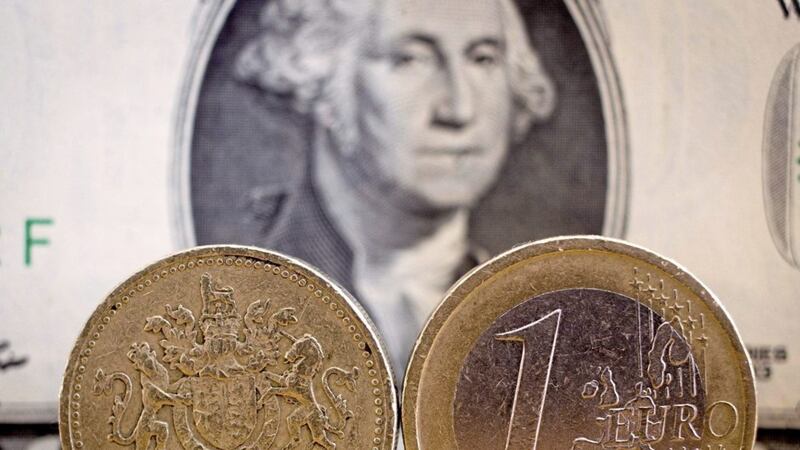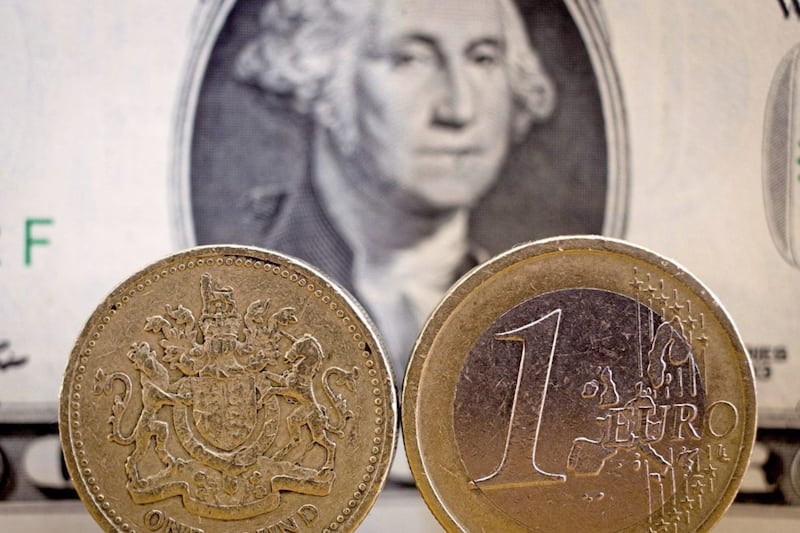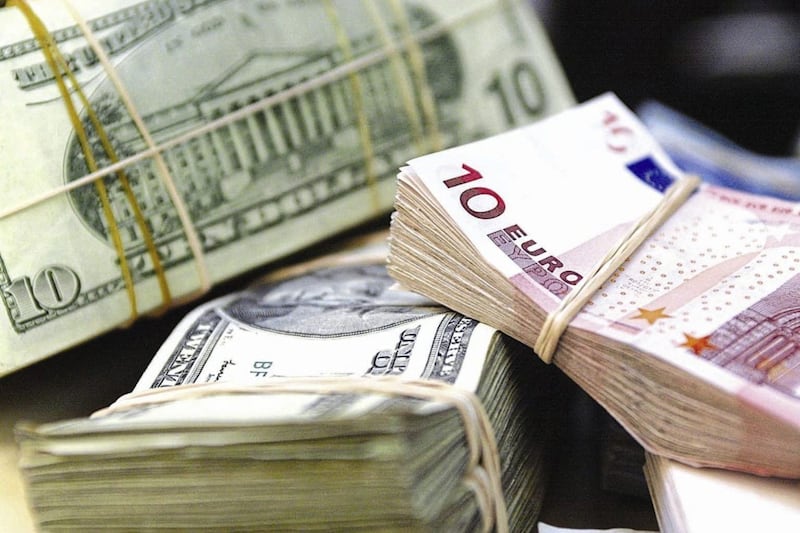POLITICAL risks are to the fore for sterling this week, with the general election taking place on Thursday. Sterling had strengthened in the immediate aftermath of the surprise election announcement back in April. Polls at the time suggested a greatly increased Tory majority, with currency markets viewing this as helping strengthen Theresa May’s hand domestically in the Brexit process and thereby improving the prospects of securing agreement on an exit deal with the EU.
But recent polling has shown a clear tightening in the Conservative’s lead over Labour. Against this increased uncertainty around the election outcome, sterling has been put on the defensive, losing ground against both the euro and dollar.
It must be acknowledged that UK opinion polls have struggled in recent times to accurately predict voting outcomes, including the 2015 UK general election and last year’s Brexit referendum. It is also the case that recent polls are showing a broad range of outcomes, from a hung parliament to a sizeable Tory majority.
In terms of sterling’s reaction to the election outcome, a significantly improved majority for the Conservatives (i.e. 40 seats plus compared to a majority of 12 in the 2015 election) should help sterling to regain some of the ground lost recently.
However, a similar outcome to 2015 or a reduced Tory majority is likely to keep sterling under pressure. Meanwhile, an unexpected outcome of a Labour led coalition could be positive for sterling, once the financial markets get over the shock, as it is likely to increase the prospects of a deal for a ‘soft’ Brexit.
Another significant event of interest this week will be the European Central Bank’s policy meeting and updated economic projections. Since the last meeting in April, there have been a number of reports citing ECB sources that, in light of the improved macro data and perceived reduced political risks in the currency bloc, the Governing Council could row back on its easing bias perhaps dropping the reference to the risks to the economic outlook being to the “downside”.
The ‘account’ of the April meeting noted that “some” on the Governing Council believed that the risks “could now be characterised as broadly balanced”. There has also been speculation that the ECB may omit the reference to its willingness to loosen policy further if required.
But ECB President Draghi told an EU committee in recent days that while downside risks were “diminishing”, they remained present. He also stated that “an extraordinary amount of monetary policy support, including through our forward guidance, is still necessary”, highlighting the still “subdued” nature of underlying inflation (core inflation at 1 per cent in May). Overall then, any ‘upbeat’ tweaks to the ECB’s language this week could be couched in the context of the need to maintain an exceptionally loose policy stance.
The data schedule in the week ahead is relatively light on both sides of the Atlantic. One of the few ‘highlights’ will be the UK services Purchasing Managers’ Index (PMI) for May. The financial markets will be looking to see if it continues to point to an improved pace of growth in the second quarter after the GDP slowdown in the first quarter. The index rose in April, but is forecast to fall back again in May.







